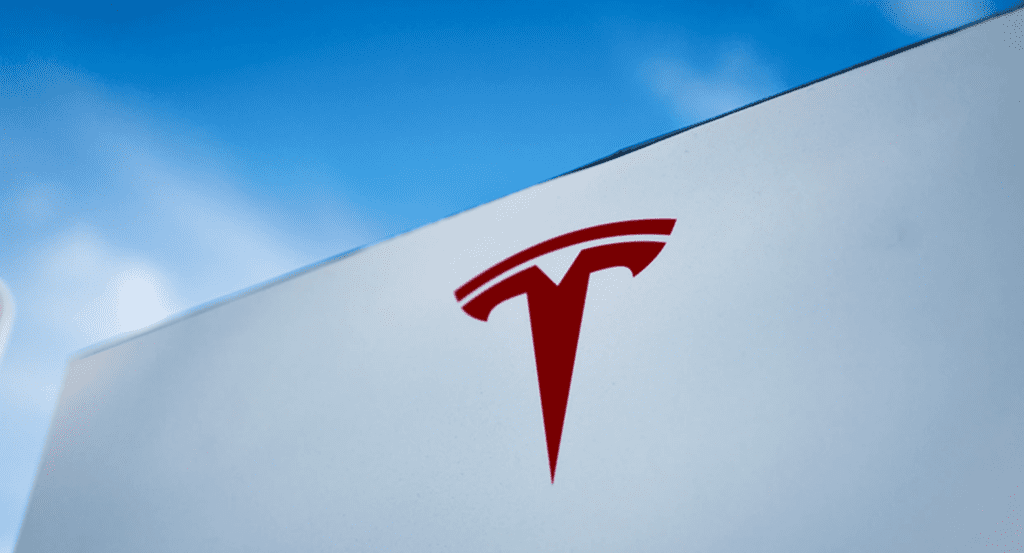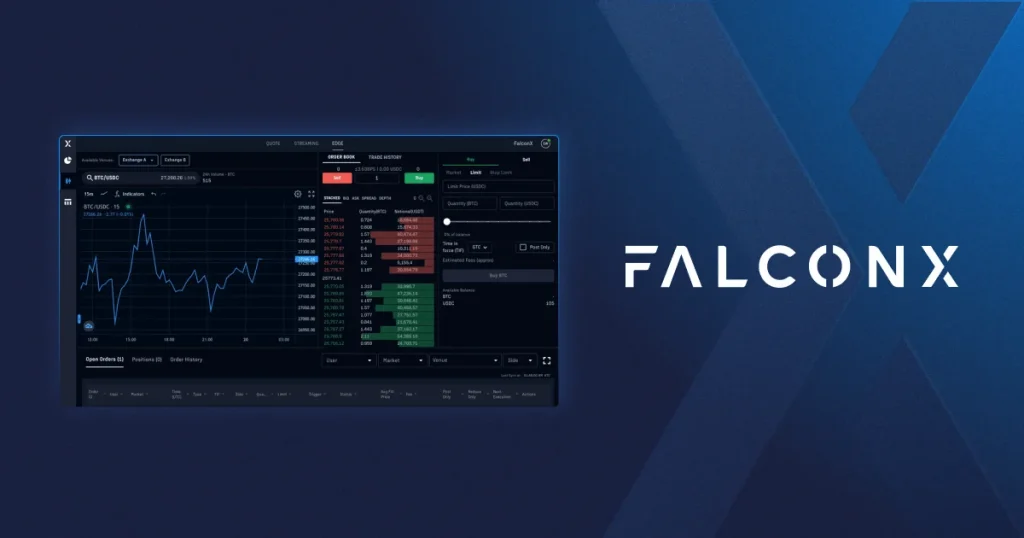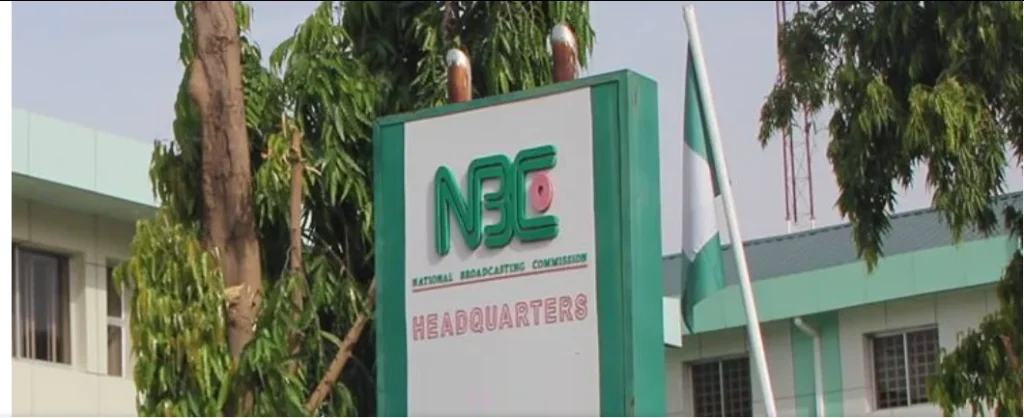Tesla plans to resume importing essential vehicle parts from China to the U.S. by the end of May, following a diplomatic breakthrough that brought a temporary end to the latest round of U.S.-China trade tensions. During recent negotiations in Geneva, the two nations agreed to scale back most of the tariffs and economic countermeasures that had crippled supply chains for months.
The decision allows Tesla to move forward with the manufacturing of its highly anticipated Cybercab and Semi truck models, which had faced delays due to increased import tariffs. Just weeks ago, the company halted its shipments when President Trump raised tariffs on Chinese goods to an unprecedented 145%, disrupting the company’s logistical and production plans.
Trade Agreement Spurs Immediate Reaction from Tesla
The truce, officially confirmed on Monday, has already led to swift action from multinational firms. Tesla, known for its aggressive timelines and ambitious expansion, is taking advantage of the easing restrictions to restore its flow of components. However, a person with direct knowledge of the company’s decision warned that conditions could change without notice, given the Trump administration’s history of abrupt policy shifts. The source requested anonymity due to the sensitive nature of the information.
While Tesla has not commented publicly, internal discussions suggest that the company is moving quickly to adjust its supply chain logistics. With fewer trade restrictions in place, Tesla can now import key parts needed to begin early-stage manufacturing operations.
Tesla Gears Up for Cybercab and Semi Rollout
Tesla has scheduled trial production of both the Cybercab and the Semi for October 2025, aiming to begin full-scale production the following year. The Cybercab will be produced at Tesla’s facility in Texas, while the Semi truck will roll off the assembly lines in Nevada.
The Cybercab, unveiled in late 2024, represents Tesla’s foray into autonomous ride-hailing. Designed without a steering wheel or pedals, the futuristic vehicle is intended for use in a robotaxi service. The company aims to keep its cost below $30,000, potentially making it one of the most affordable autonomous electric vehicles in the market. Tesla is currently pursuing state-level approvals for this new transportation service.
Semi Truck Production to Meet Backlog Demand
Tesla’s Semi truck, first introduced in 2017, has seen repeated production delays. With the tariff truce in place, the company now expects to accelerate production and fulfill long-standing commitments to customers like PepsiCo. Full-scale manufacturing is set for 2026, aligning with Tesla’s renewed focus on commercial vehicle expansion.
The tariff rollback is especially important for Tesla’s operational continuity. Elon Musk, a strong advocate for free trade, publicly criticized the steep import tariffs and urged former President Trump to reconsider. During a recent earnings call, Musk acknowledged that he had raised the issue directly with Trump but noted that the final decision lay with the administration.
Tesla CFO Cites Tariffs as Barrier to Expansion
Tesla’s Chief Financial Officer, Vaibhav Taneja, reinforced this view during the same investor call. He explained that the elevated tariffs were stifling capital investments by complicating the company’s ability to import specialized equipment from international suppliers, particularly from China. These challenges delayed the expansion of domestic production capabilities, putting Tesla’s delivery timelines at risk.
Now that the trade environment has temporarily improved, Tesla is moving swiftly to stay on track with its vehicle development goals. Still, the company remains wary. Any future disruption in U.S.-China relations could quickly reverse current gains.
For now, though, the company has regained crucial momentum—and with it, a renewed chance to bring its bold transportation vision closer to reality.











